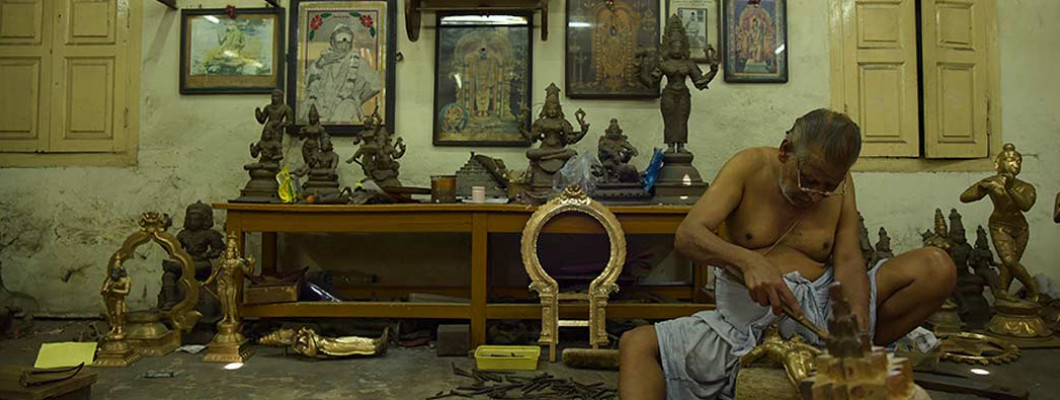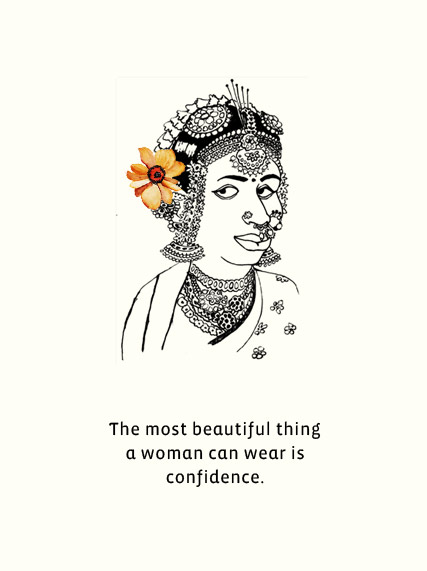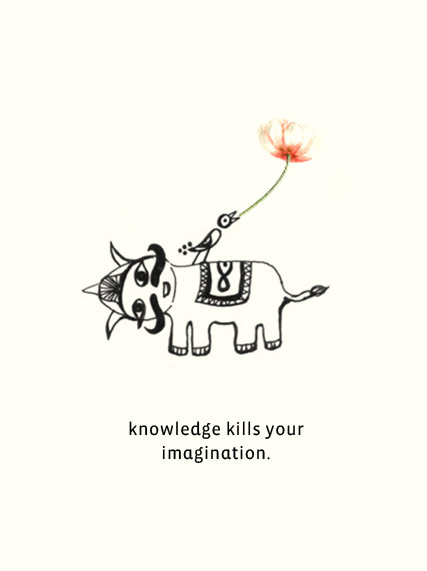
Compiling a list of the 10 most popular crafts of Tamil Nadu is no easy task, as the state is home to a vast array of traditional crafts. However, we have attempted to create this list based on the scale and visibility of these crafts.

1. Bronze Icons Casting:
Swamimalai, a village in Tamil Nadu, is renowned for its exquisite bronze icons crafted by the skilled Sthapathis, who transform metal into divine representations of gods and goddesses, reflecting the rich artistry and spirituality of Indian culture. Guided by the ancient scriptures of Shilpa Shastra Manasara, these artisans have honed their craft over generations, earning global acclaim as each piece resonates with divine energy. The significance of bronze icon-making soared during the Chola dynasty, which promoted temple construction and the arts, embedding the Sthapathis' work deeply in the region's spiritual fabric. This living tradition, with knowledge passed down through generations, reinforces the idea that art transcends life and death, celebrating heritage while adapting to modern influences. In a rapidly changing world, Swamimalai's bronze icons stand as enduring symbols of devotion and craftsmanship, ensuring the legacy of the Sthapathis continues to shine for generations to come.

2. Art Plate- Thanjavur
The art of crafting exquisite art plates, known as ‘tri-metalwork,’ is a distinguished tradition unique to Thanjavur, Tamil Nadu. This craft is the handiwork of approximately 250 artisans from the Vishwakarma community, who have preserved this ancient skill since the era of the Maratha dynasty. Originally created as lavish gifts for esteemed guests, these art plates have evolved in their application and significance over time. Each plate features intricate designs, often depicting deities, animals, and saints at its center, surrounded by elaborate floral and geometric patterns. This rich artistry not only reflects the cultural heritage of India but also demonstrates its relevance in contemporary society. The journey of these art plates—from tokens of gratitude to versatile decorative items and gifts for various occasions—captures a narrative of tradition passed down through generations. Ultimately, these art plates serve as a vibrant reminder of Indian history and craftsmanship, enriching both homes and hearts.

3. Saree Weaving- Kanchipuram
Kanchipuram sarees are a vibrant heritage of South Indian culture, featuring intricate motifs like checks, stripes, flowers, and temple designs. Renowned for their quality, these luxurious three-ply silk sarees often showcase borders woven with real gold or silver zari. They are more than mere garments; they embody the craftsmanship and heritage of the weavers, telling stories of tradition and craftsmenship. Originating from the temple town of Kanchipuram, these sarees are a popular choice for special occasions, especially weddings, where brides select unique patterns that reflect their individuality. Adorned during festivals like Pongal and Onam, Kanchipuram sarees symbolize femininity and strength. Passed down through generations, they hold sentimental value, connecting women to their ancestors. Today, they cater to diverse tastes, making them suitable for all ages. Ultimately, These sarees are a blend of cultural significance and aesthetic beauty, cherished by women across India.

4. Garland making- Madurai
In Tamil Nadu, particularly in Madurai, flower garlands are a vibrant expression of culture and tradition. These garlands, crafted from a kaleidoscope of fragrant blooms, symbolize love, purity, and devotion. The renowned ‘Madurai Malli’ jasmine, alongside roses and marigolds, creates a stunning visual and aromatic experience. Historically, flowers have held significant roles, adorning deities and women alike, with references dating back to the Ramayana. Tamil literature highlights the importance of flowers, with each of the five geographical regions represented by a distinct flowering tree. Today, the Madurai flower market stands as a testament to this legacy, gaining international acclaim for its exquisite blooms, which are used in perfumes for brands like Dior and exported globally. The GI tag awarded to Madurai Malli further underscores its significance. Various professions linked to flowers, from horticulture to garland weaving, illustrate their essential role in expressing Indian culture and heritage

5. Weaving- Chennimalai
Chennimalai is a vibrant and Fast-growing weaving cluster characterized by a youthful population of artisans who are passionately embracing the weaving profession. The workspace is alive with a myriad of colorful threads, each representing the joys and challenges of the weavers’ lives. These threads weave together not only fabrics but also the essence of nature, capturing the sunlight and the smiles of the craftsmen. Over the years, Chennimalai has gained prominence as a significant exporter of home décor items, including bed sheets, towels, blankets, and napkins, which are sold both nationally and internationally. Co-optex plays a pivotal role in supporting these weavers, enhancing their working conditions and promoting their products. The cluster benefits from a robust transport network and the influx of new talent, which has garnered acclaim for its innovative designs. Chennimalai artisans skillfully create a variety of products, including bags, quilts, and cushion covers, often incorporating contemporary patterns and vibrant color combinations. Their collaborations with international buyers further inspire new aesthetics, ensuring that Chennimalai remains at the forefront of the handloom industry.
6. Veena Making
In the heart of Tamil Nadu, the art of veena making stands as a testament to the region's rich cultural heritage. The veena, a traditional string instrument, is not just a musical tool but a symbol of the spiritual and artistic essence of South Indian music. Craftsmen, often belonging to families that have honed this skill for generations, meticulously select high-quality woods like jackfruit or rosewood, which contribute to the instrument's unique sound quality. Interestingly, the process involves intricate carving and polishing, where each veena can take weeks to complete. The craftsmanship reflects not only technical skill but also deep knowledge of acoustics and an understanding of the musician's needs. Festivals and competitions often showcase these instruments, celebrating the artisans and preserving this age-old tradition. As you explore Tamil Nadu, visiting workshops in places like Kanchipuram or Thanjavur offers a glimpse into this fascinating world where music and craftsmanship intertwine beautifully.

7. Athangudi Tiles: Athangudi
Athangudi tiles are a traditional form of handmade terracotta tiles originating from the village of Athangudi in Tamil Nadu, India. Renowned for their intricate designs and vibrant colors, these tiles are crafted using a unique technique that has been passed down through generations. The village, located in the Sivaganga district, is known for its artisanal craftsmanship, where skilled artisans meticulously create each tile by hand, often incorporating floral patterns, geometric shapes, and traditional motifs. Athangudi tiles not only enhance the aesthetic appeal of homes but also reflect the rich cultural heritage of Tamil Nadu, making them a popular choice for both restoration projects and new constructions. Their durability and eco-friendly nature further contribute to their charm, ensuring that they remain a beloved element of South Indian architecture.
8. Toda Embroidery:
The soothing harmony of a Toda love song fills the air in the lush green lands of Nilgiri, where the pastoral community of Todas has settled for centuries. Their lifestyle is simple yet organized, reflecting a unique sophistication that defines the Toda tribe. Easily identifiable by their tall, dark features and distinctive attire, the Todas typically wear a single piece of white fabric elegantly wrapped in rich red, black, and white shawls. Their traditional settlements, known as ‘Mundh,’ are constructed from natural resources and adorned with the beautiful Toda art form of rock mural painting.
Like many tribal groups, the Todas have customs and traditions closely tied to nature and their surroundings. They believe in superior godlike beings, primarily On and Teikirzi. On, the male god of Amnodr, presides over the realm of the dead, while Teikirzi, a female deity from the Nilgiris, established the social and ceremonial laws of the Todas. Additionally, they worship hill-gods associated with specific hills and river-gods of the two main rivers in the region. According to their beliefs, Teikirzi and On created the sacred buffalo, followed by the first Toda man, and subsequently fashioned the first Toda woman from his right rib. The revered status of the buffalo in Toda society is a remarkable aspect of their cultural identity, symbolizing both sustenance and deep-rooted spiritual significance.

9. Kanjipuram- Saree Weaving
The Kanjipuram saree cluster, located in the town of Kanjipuram in Tamil Nadu, India, is renowned for producing some of the finest silk sarees in the country. Known for their vibrant colors, intricate patterns, and luxurious texture, these sarees are crafted using traditional handloom techniques that have been perfected over centuries. Each saree often features elaborate motifs inspired by South Indian temples, mythology, and nature, reflecting the rich cultural heritage of the region. The weaving process involves skilled artisans who meticulously create these masterpieces, often taking several days or even weeks to complete a single piece. The Kanjipuram saree not only serves as a symbol of elegance and grace but also plays a vital role in the local economy, supporting the livelihoods of numerous weavers and their families. As a result, the Kanjipuram saree cluster stands as a testament to the artistry and craftsmanship of Indian textiles.

10. Paramakudi sarees weaving:
Paramakudi sarees beautifully blend tradition and modernity, crafted from soft 80’s combed cotton for comfort and elegance. With intricate jacquard thread borders and unique tie designs, they offer a stunning visual appeal and a graceful drape thanks to the rustic texture of 60’s cotton.Woven by the Saurashtrian community, who migrated to Tamil Nadu about 900 years ago, these sarees reflect a rich cultural heritage. The contemporary Puthinam variation makes them accessible for various occasions.
According to folklore, a love-stricken weaver created the first saree inspired by a dream of a beautiful woman, spinning long drapes to mimic her flowing hair. This creation, stretching to nine yards, left the midriff bare, symbolizing the Hindu belief that the navel is the source of creativity and life. While the ‘Dharmashastra’ advocates a more modest draping style, Paramakudi sarees celebrate traditional symbolism and artistry. Whether for a festive occasion or a casual gathering, they are a cherished garment that embodies elegance and cultural significance.










Leave a Comment